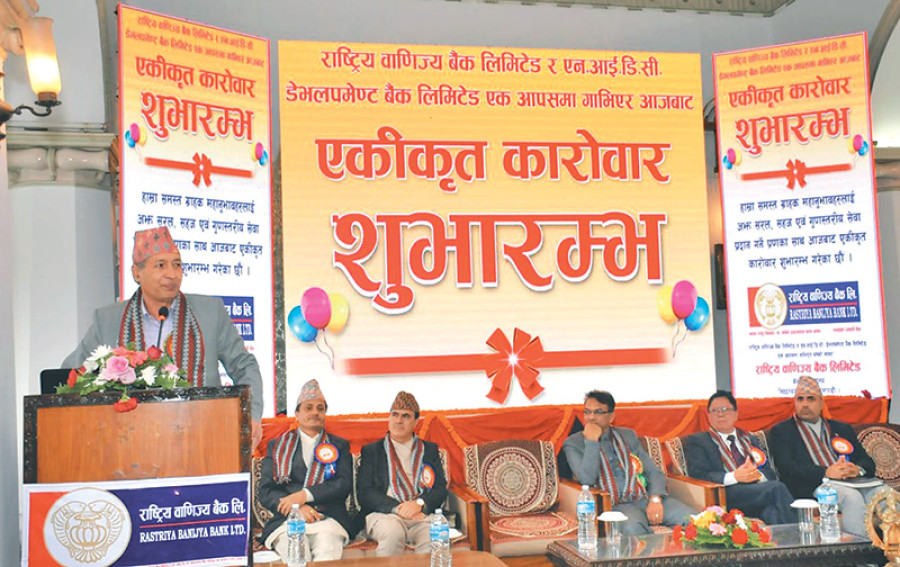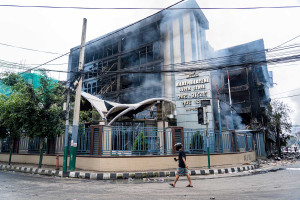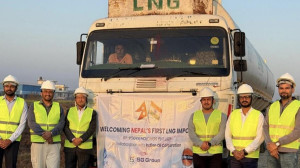Money
RBB acquires NIDC to become 2nd largest bank
Rastriya Banijya Bank (RBB) completed the acquisition of NIDC Development Bank on Wednesday to become the second largest commercial bank in Nepal. State-owned RBB now has a paid-up capital of more than Rs9 billion. Its total deposit collection has reached Rs154.17 billion while loans amount to Rs115.73 billion. RBB maintains a networkof 191 branches across the country.
Rastriya Banijya Bank (RBB) completed the acquisition of NIDC Development Bank on Wednesday to become the second largest commercial bank in Nepal.
State-owned RBB now has a paid-up capital of more than Rs9 billion. Its total deposit collection has reached Rs154.17 billion while loans amount to Rs115.73 billion. RBB maintains a networkof 191 branches across the country.
Finance Minister Yubaraj Khatiwada inaugurated the unified institution. Speaking at a programme, Khatiwada said the unification was among the government’s strategic measures to tackle cyclic problems seen in the financial sector.
RBB had a paid-up capital of Rs8.58 billion before the acquisition while NIDC Development Bank’s paid-up capital amounted to Rs415.8 million. After finalising the swap ratio at 1:1 through a due diligent audit, the government decided to take the two institutions to a merger.
RBB Chief Executive Officer Kiran Kumar Shrestha said they acquired NIDC as per the policy of Nepal Rastra Bank. The merger and acquisition policy launched by the central bank recommends unifying similar government entities working in the same area.
Following the acquisition, RBB has relocated its branches in a number of places. “The unification could also help raise the net worth of the organisation along with expanding the business potential,” said Shrestha, adding that RBB planned to increase the volume of investments in major projects.
The government has been mulling to merge RBB and NIDC Development Bank for more than six years. In January 2017, a Cabinet meeting decided to combine the two financial institutions. They signed a memorandum of understanding last August agreeing to begin joint operations from the following January. The government established NIDC in 1959 with the aim of providing capital to the country’s industrial sector. After the development bank began accumulating a huge amount of bad loans, the government moved to dissolve it. The Asian Development Bank conducted a study and said that there was minimal possibility of reviving NIDC as its financial health had deteriorated terribly.
NIDC had 64 employees before being acquired by RBB, among whom 38 were permanent and the rest contract workers. During the acquisition process, 20 permanent employees accepted the voluntary retirement scheme. Shrestha said the 18 permanent employees had been assigned their posts. “In addition, we have planned to renew the contracts of the other staff after assessing their work performance,” he added.




 16.12°C Kathmandu
16.12°C Kathmandu












%20(1).jpg&w=300&height=200)
